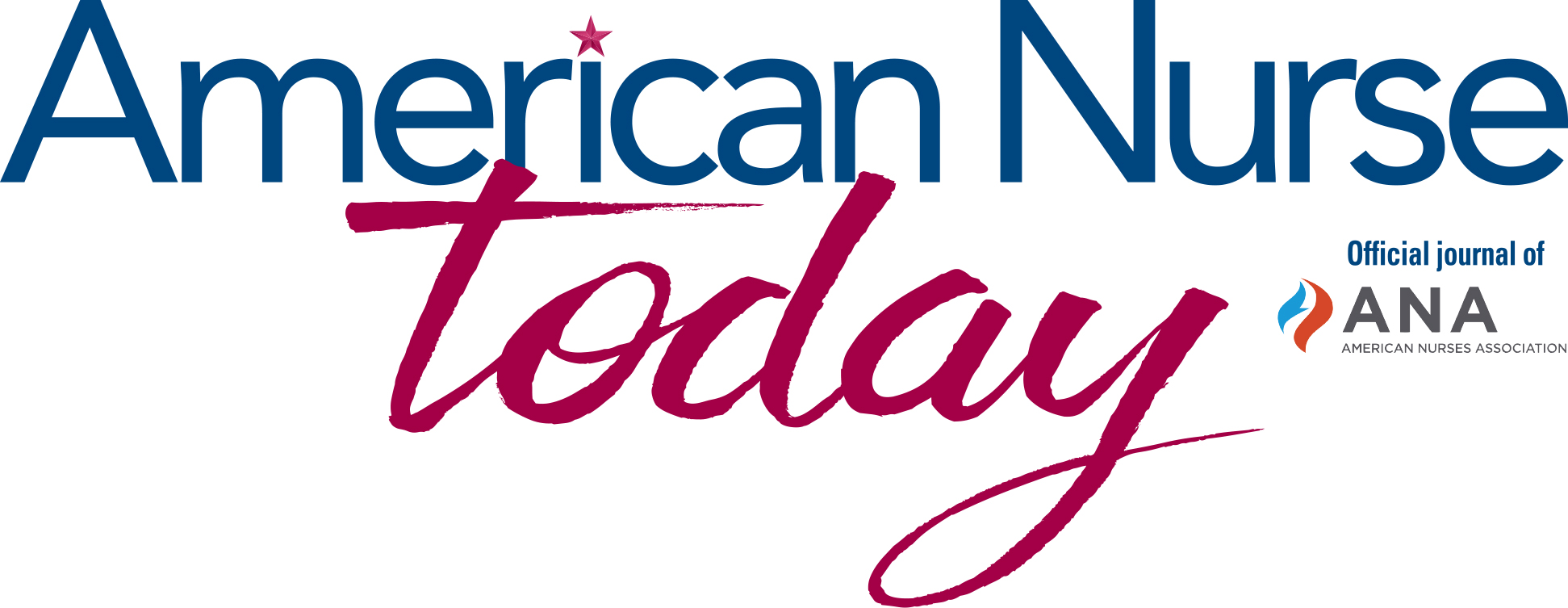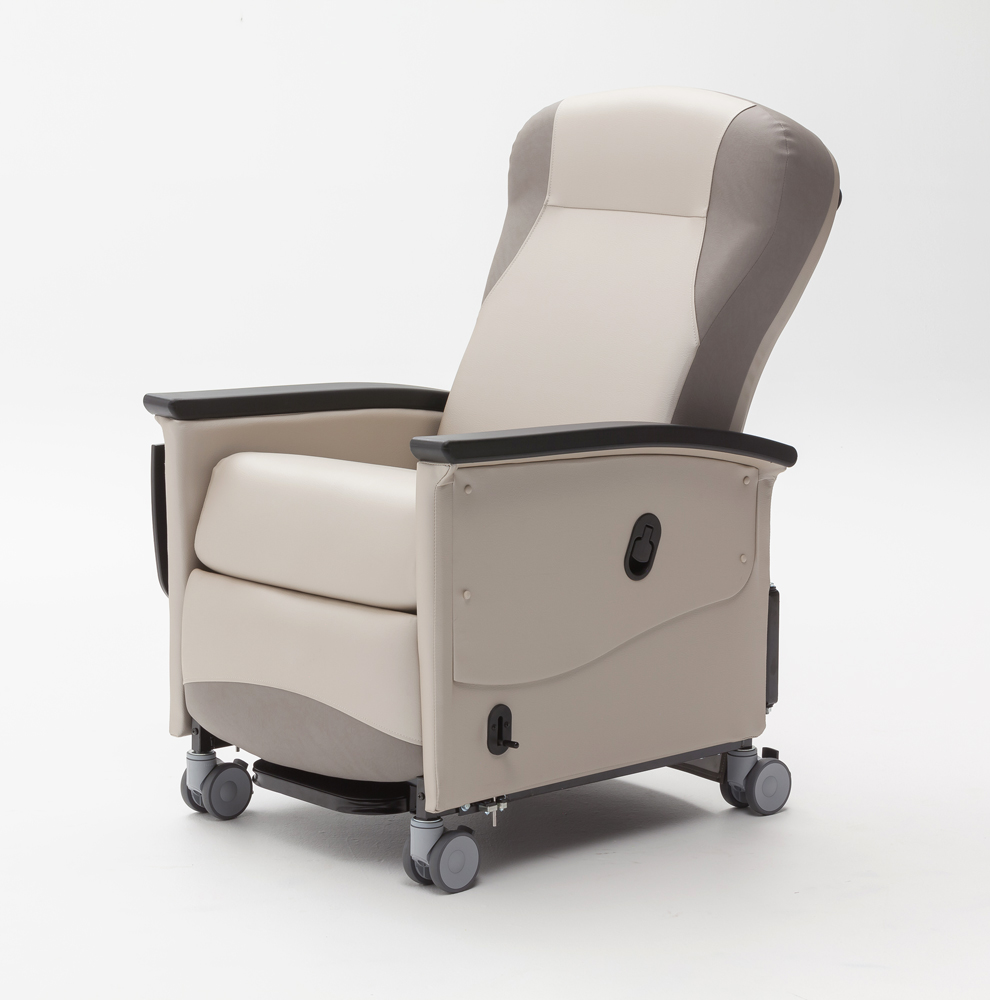Maybe you are among the more than 1,100 nurses and other healthcare professionals who will soon be heading to ANA’s eighth annual Quality Conference to hear Lucian Leape, coauthor of the groundbreaking Institute of Medicine report “To Err is Human: Building a Safer Health System,” outline seven safety strategies.
Or maybe you will remain at work, striving to provide the best possible care and wondering how your contributions to the heightened quality movement can achieve more recognition.
Wherever you are, we want you to know that ANA is committed to creating and leading initiatives that demonstrate nurses’ crucial role in quality. We’ve been invested in quality initiatives for decades—with the development of nursing-sensitive indicators and establishment of the National Database of Nursing Quality Indicators® (NDNQI®). These indicators currently allow nearly 2,000 hospitals nationwide to track and compare their progress on 18 measures, including patient falls, infections, and nurse staffing and skill mix. That means nurses’ impact on patient outcomes can be measured and data-driven decisions can be made on how and who delivers the best care.
ANA also is among 52 healthcare organizations, known collectively as the National Priorities Partnership, that share a vision for a better, safer, and value-driven healthcare system. We have helped shape—and continue to influence—our country’s National Quality Strategy, including six identified priorities. Three of those priorities we, as nurses, clearly own: making care safer by reducing harm, promoting care coordination, and engaging patients and their families in their care.
Let’s start with just a few examples of ANA’s work on safer care. Researchers have used NDNQI data
for many years to show the link between better RN staffing and improved patient outcomes. We also are bringing together ANA-affiliated specialty nursing organizations and other key stakeholders for two summits this year to develop high-impact quality measures that capture nurses’ contributions to safer and better care in the ambulatory care setting.
Further, ANA is advancing the use of e-measures, which pull nursing care-related data directly from the electronic health record. Getting this data electronically represents a revolutionary, more efficient, and effective method of measuring the quality of nursing care and ultimately can allow more frequent tracking and reporting. That means nurses can “correct course” if they see, for example, a rise in patient falls on their unit.
The first NDNQI e-measure currently being piloted addresses pressure ulcers. ANA also has a free, updated tutorial to increase nurses’ expertise on pressure ulcer staging and interventions at www.nursingquality.org.
Beyond NDNQI, ANA recently held a national staffing conference where nearly 700 nurses gathered to determine real-life solutions that will lead to optimal staffing. For us, optimal staffing translates to safer, higher-quality care and a stronger, more stable workforce.
Our work on the two other priorities, care coordination and patient engagement, also continues full force. For example, ANA’s Board of Directors just approved the outcome of ANA’s first professional issues panel—a framework to identify measures that capture nursing’s contribution to the quality of care coordination. This represents a key step toward quantifying the many things we do to ensure that patients have the care and services they need as they move between care settings and their homes. Having this data also is crucial when we consider recent reimbursement regulations around care coordination.
And as part of—and now home to—the Nursing Alliance for Quality Care, ANA helped create principles and strategies that nurses can use to promote patient and family engagement in their health care (www.naqc.org). ANA now is working with its affiliated member organizations on another Alliance project—an environmental scan to determine where there are gaps in national patient engagement efforts.
Finally, nurses are considered the last line of defense before a potential patient error can occur. That is true. But we are also the first line in quality. So I encourage you to get involved in a quality project or committee. Your voice can make the difference.
Karen A. Daley, PhD, RN, FAAN
President, American Nurses Association














